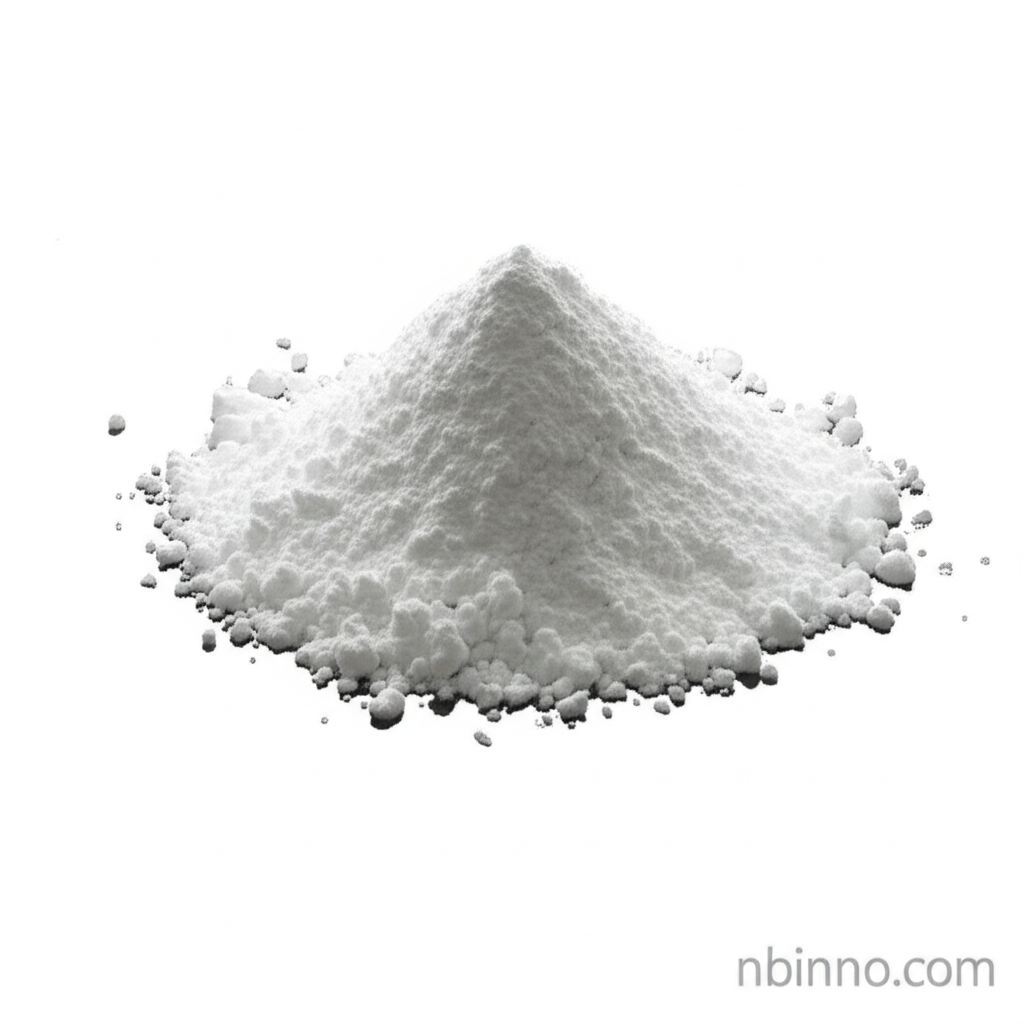2,2'-Dimethyl(1,1'-biphenyl)-4,4'-diamine: A Versatile Chemical Intermediate
Explore the essential properties and diverse applications of this key compound for your chemical synthesis needs.
Get a Quote & SampleProduct Core Value

2,2'-Dimethyl(1,1'-biphenyl)-4,4'-diamine
This compound, identified by CAS number 84-67-3 and often referred to as M-Tolidine, stands out as a critical building block in various chemical industries. Its well-defined structure and consistent quality make it a reliable choice for advanced synthesis projects.
- High Purity and Defined Properties: With a purity of 97% minimum and a melting point of 105-106°C, this compound ensures predictable outcomes in complex chemical reactions, supporting precise 2,2'-dimethylbenzidine synthesis.
- Versatile Application Spectrum: Primarily utilized as an intermediate, its applications span across agrochemical intermediates supplier needs, general synthesis materials, and cutting-edge OLED intermediates.
- Optimal Storage Conditions: To maintain its integrity, it should be preserved in well-closed, light-resistant, and airtight containers, stored in a cool and dry place, ensuring its efficacy for future use.
- Key Chemical Identifiers: Possessing the chemical formula C14H16N2 and a molecular weight of 212.29 g/mol, it is easily identifiable for procurement and research purposes.
Key Advantages
Reliable Synthesis Foundation
Leveraging its consistent quality as a core component in M-Tolidine synthesis materials ensures reproducible results in your production processes.
Enabling Advanced Technologies
Its role in the creation of OLED intermediates positions it as a vital material for the advancement of display and lighting technologies.
Broad Industry Applicability
As a key compound for agrochemical intermediates, it supports the development of vital agricultural products, contributing to crop protection and yield enhancement.
Key Applications
Agrochemical Intermediates
This compound serves as a critical precursor in the synthesis of various agrochemicals, supporting the development of effective crop protection solutions. Finding a reliable agrochemical intermediates supplier is crucial for this sector.
Synthesis Materials
It acts as a versatile building block in organic chemistry, facilitating the creation of a wide array of complex molecules and advanced materials for research and industrial applications.
OLED Intermediates
Its specific properties make it valuable in the production of Organic Light-Emitting Diodes (OLEDs), contributing to the development of next-generation electronic displays and lighting.
Research and Development
As a high-purity chemical, it is essential for laboratory research and development, enabling scientists to explore new reactions and material properties, such as in 2,2'-dimethylbenzidine synthesis.
